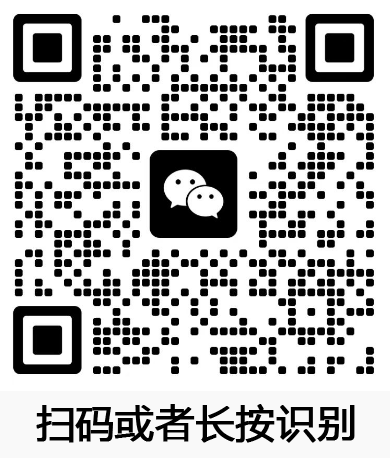Flexible Printed Circuit Board (FPC) – Innovation in Electronics Industry

The Electronics industry is witnessing dramatic transformations with the development of flexible printed circuit boards (FPC). These boards are taking the place of the traditional rigid printed circuit boards (PCB) due to their flexibility, reduced weight, and space-saving capabilities. FPC boards are essential parts that connect electronic devices’ components and transmit the electrical signals between them. This article delves into the world of FPC boards, discussing what they are, their advantages, limitations, and applications.
FPC board – What is it?
A flexible printed circuit board (FPC) is a type of PCB with various layers of conductive material embedded between two layers of flexible polymer film. The layers of conductive material are interconnected with vias to create electronic circuitry. The polymer film allows the board to be bent or folded without cracking, making it an excellent option for creating complex circuit designs in smaller devices.

Advantages of FPC Board
The primary advantage of the FPC board lies in its flexibility. As mentioned earlier, the FPC board provides the ability to bend, twist, and fold circuits that traditional rigid PCBs cannot withstand, making it ideal for complex and intricate designs. Additionally, FPC boards have a lower weight and smaller footprint than rigid PCBs, making them ideal for applications requiring space optimization, such as wearable electronics, smartphones, tablets, and other consumer devices.
FPC boards also offer excellent performance in high-temperature environments. Their heat-resistant polymer film and conductive materials make them less sensitive to high temperature over extended periods. This feature makes them suitable for aerospace, military, and automotive applications.

Limitations of FPC Board
As with any technology, FPC board also has some limitations to consider. One of the main constraints with FPC boards is their complexity. Due to their flexibility, FPC boards have intricate circuit designs that demand significant expertise for manufacturing, making their cost per unit higher than that of traditional PCBs. Additionally, FPC boards’ flexibility also means they cannot handle as much power as rigid PCBs, restricting their use in high-power applications.
Applications of FPC Board
FPC boards have found their way into many applications, including those that require a flexible form factor. For example, the medical industry uses FPC boards on respiratory devices, drug delivery systems, and body monitoring systems. The automotive industry also benefits from FPC boards, using them in electronic control units (ECUs), sensors, and lighting systems in vehicles.
FPC boards are also prevalent in the consumer electronics industry, such as smartphones, tablets, laptops, and smartwatches. They provide a compact and space-saving solution, allowing for thinner foldable designs, larger screens, and extended battery life. In the aerospace and military industries, FPC boards have found use in avionics, satellite communication systems, missile systems, and other electronic-based applications.
Conclusion
The advent of flexible printed circuit boards (FPC) has opened up new possibilities for electronics design, leading to smaller, more efficient, and more complex devices. By overcoming the limitations of rigid PCBs, FPC boards have expanded their applications to a broad range of industries, including automotive, aerospace, consumer electronics, and medical devices. FPC technology is continuously evolving, with more advanced materials, efficient component placement techniques, and low-cost manufacturing processes emerging. With all these improvements, the future looks promising for FPC technology.


 3002788751
3002788751